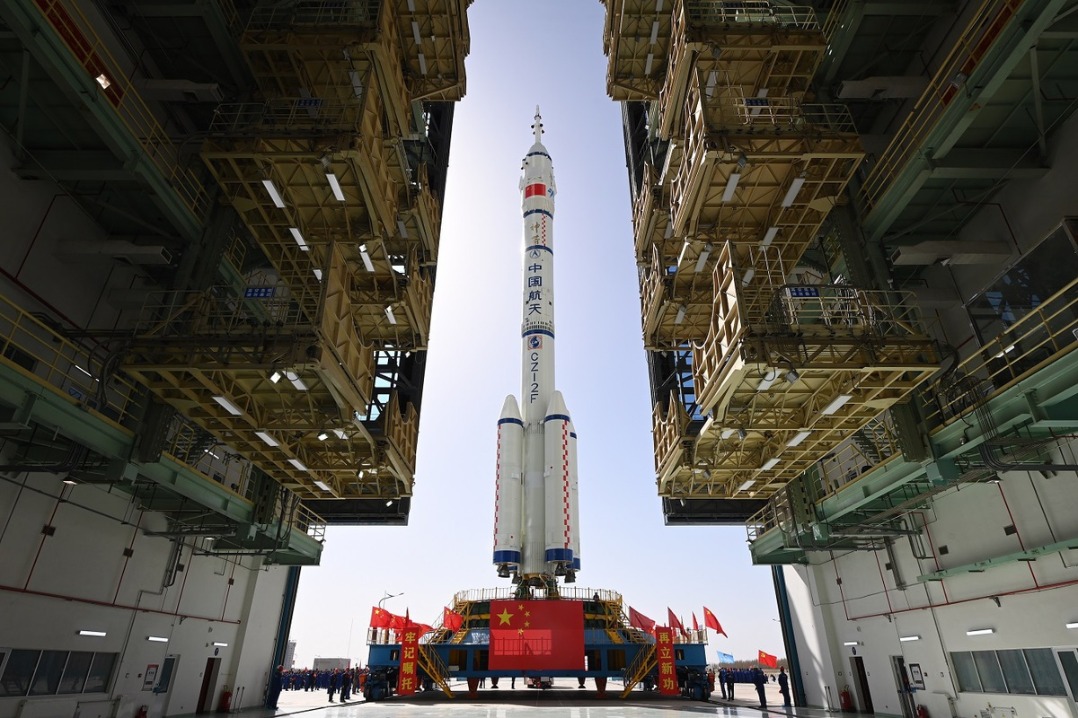Third-party alliances firmly on the agenda
By Ouyang Shijia | China Daily | Updated: 2019-09-05 07:35

NDRC outlines plans to help more foreign countries benefit from BRI
China will actively explore cooperation in third-party markets to enhance interaction and achieve common development through greater development of the Belt and Road Initiative framework, according to the country's top economic regulator.
The National Development and Reform Commission on Wednesday issued Third-Party Market Cooperation Guidelines and Cases, saying it will further expand third-party market cooperation with more countries.
The NDRC said it will advance institutional building, continue to establish cooperation mechanisms, strength package cooperation from policies to projects, and encourage more multinational companies, international financial institutions and Chinese firms to jointly explore third markets.
"As an open and inclusive approach to international cooperation, third-party market cooperation can help both China and foreign countries to enjoy complementary advantages and promote industrial development, infrastructure improvement and people's livelihood in third countries," said Wu Hongliang, deputy director-general of the department of foreign capital and overseas investment of the NDRC.
"We will continue to deepen third-party market cooperation in traditional fields such as infrastructure, energy, capacity and equipment manufacturing. Chinese companies and foreign firms will also be able to learn from each other in emerging fields such as intelligent manufacturing, digital economy and 5G mobile communication networks."
According to the newly released guidelines, as of June, China had signed third-party cooperation documents with 14 countries including France, Italy, Austria, Australia, Canada, Japan, Singapore and the United Kingdom. China has worked with those countries to create cooperation platforms and provide public services, such as holding forums for business cooperation.
"Promoting cooperation in third-party markets is an important way for China to advance Belt and Road cooperation," said Wang Jianjun, director-general of the department of foreign capital and overseas investment at the NDRC. "It is also key to win-win cooperation and accelerating the development of developing countries."
Wang said in an earlier interview with China Daily that companies from both sides have their own advantages. "There's vast potential for third-party market cooperation. For instance, Italy has unique advantages in fields such as machinery manufacturing, environmental protection, industrial design and contracting. And China has accumulated rich experience in fields such as infrastructure construction, energy, equipment manufacturing and the internet sector."
According to Wang, to develop third-party market cooperation, Chinese companies will attach great importance to economic feasibility, as well as social and environmental sustainability with full sensitivity with regard to local conditions.
Mei Xinyu, a researcher at the Chinese Academy of International Trade and Economic Cooperation, said there is great potential in the growth of third-party market cooperation.
Mei said: "With especially those developed countries' social connections and other advantages as well as China's large-scale production capabilities, I believe we will have a promising future in third-country cooperation."
In recent years, a growing number of Chinese companies have ramped up their efforts to go global under the framework of third-party market cooperation, actively embracing the business opportunities offered by the Belt and Road Initiative.
Located in southern Ethiopia, the Gibe III hydropower project has been contracted by two companies, Italian civil work firm Salini Impregilo and China's Dongfang Electric Corp.
With a total installed power of 1,870 MW and an expected energy output of 6,500 GWh per year, the project has boosted the national energy output of Ethiopia by 85 percent, meeting the rising demand for power grid construction and upgrading within the African country.























